Before and After Sand, 2024
▣ TYPE: Research
▨ CLIENT: Stiftung Sitterwerk
▤ KEY MATERIALS: Sand
▦ METHODOLOGY: Exhibition / Film
▥ COLLABORATORS: Emma Rishøj Holm / Villalba Studio
Sand is the most exploited resource in the world after water, and its consumption is growing at an unprecedented pace: China used more sand in three years than the U.S. in the whole 20th century. The majority of this is used in construction. Concrete uses seven units of sand and gravel for each unit of cement, and sand provides the underlay to vast land reclamation projects. Across the world, over 50 bn tonnes of aggregates are used in construction each year — enough to form a 27 x 27m wall around the equator. The Before and After Sand exhibition at Stiftung Sitterwerk is free entry and open from 05 October – 13 December 2024.


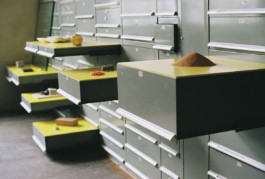
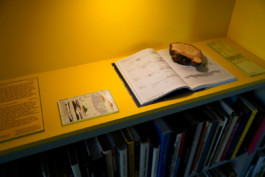
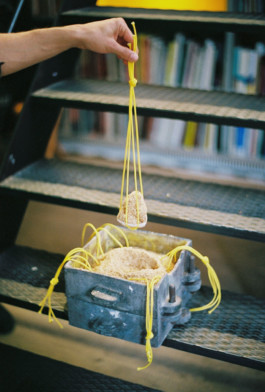
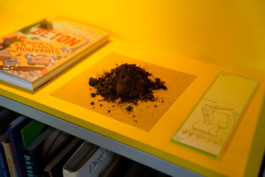
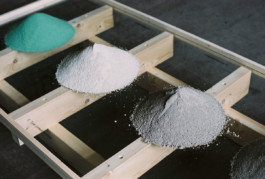
This exhibition explores the story of sand across four displays: the timeline of sand’s formation and ecosystem contributions, nested within the bookshelves; the table showing different types of sand commonly used in construction today; the material selection featuring materials and objects made using different kinds of sand; and the film After Sand, portraying a single quarry on the outskirts of London. The exhibition also includes a new, site-specific sand sculpture by the St. Gallen artist, Roman Signer. Known for his experimental, poetic and playful use of materials, Signer creates a thematic link to the neighbouring Kunstgiesserei as a place for the production of art.
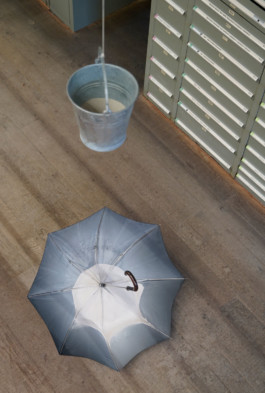
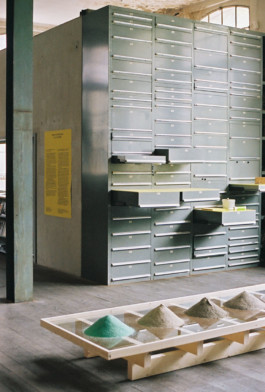
Photography by Katalin Deér
Before and After Sand, 2024
▣ TYPE: Research
▨ CLIENT: Stiftung Sitterwerk
▤ KEY MATERIALS: Sand
▦ METHODOLOGY: Exhibition / Film
▥ COLLABORATORS: Emma Rishøj Holm / Villalba Studio
Sand is the most exploited resource in the world after water, and its consumption is growing at an unprecedented pace: China used more sand in three years than the U.S. in the whole 20th century. The majority of this is used in construction. Concrete uses seven units of sand and gravel for each unit of cement, and sand provides the underlay to vast land reclamation projects. Across the world, over 50 bn tonnes of aggregates are used in construction each year — enough to form a 27 x 27m wall around the equator. The Before and After Sand exhibition at Stiftung Sitterwerk is free entry and open from 05 October – 13 December 2024.

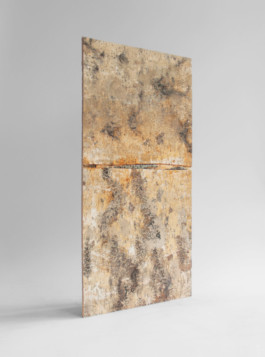

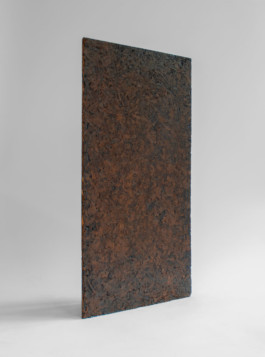


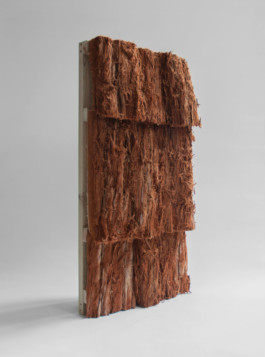
This exhibition explores the story of sand across four displays: the timeline of sand’s formation and ecosystem contributions, nested within the bookshelves; the table showing different types of sand commonly used in construction today; the material selection featuring materials and objects made using different kinds of sand; and the film After Sand, portraying a single quarry on the outskirts of London. The exhibition also includes a new, site-specific sand sculpture by the St. Gallen artist, Roman Signer. Known for his experimental, poetic and playful use of materials, Signer creates a thematic link to the neighbouring Kunstgiesserei as a place for the production of art.
